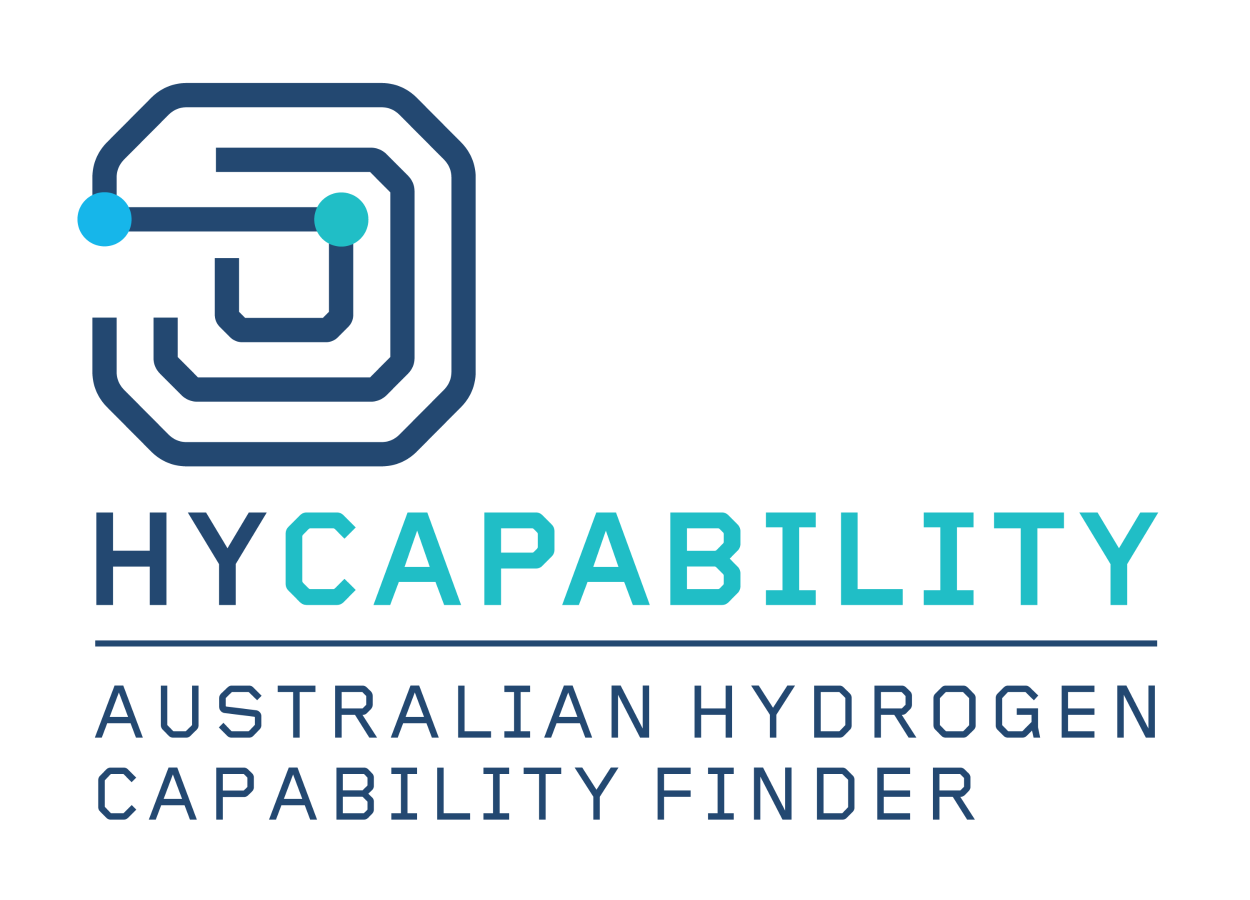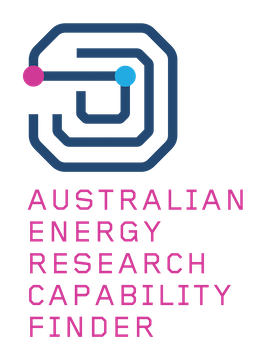HyCapability
HyCapability is Australia’s first hydrogen capability finder — a free, online, searchable platform that connects Australian hydrogen businesses with a domestic and global market. Developed by NERA and the Hydrogen Technology Cluster Australia (H2TCA) network, and created with the assistance of EconomX, the platform maps regional hydrogen ecosystems and supply chain capacity, making it easier … Read more
Trusted Sugar Defender Reviews | Sugar defender side effects
Sugar Defender provides a natural remedy for treating blood sugar levels. Its made entirely of minerals and plant-based compounds. Taking Sugar defender alongside a balanced diet and lifestyle can help maintain stable blood sugar levels throughout your body. This These aid the body in handling sugar levels efficiently. Complex blends of herbal extracts work in … Read more
LETs Pitch
LETs Pitch is a supply chain development program designed and delivered by NERA to accelerate the growth of Australian technology businesses offering cutting-edge solutions that can support Australia’s net zero future. The program: LETs Pitch Australia 2024 is designed to identify and support companies with novel and scalable clean energy technology solutions that can help … Read more
AERCF- Australian Energy Research Capability Finder
Welcome to the Australian Energy Research Capability Finder (AERCF)The AERCF is a comprehensive, free online search engine built to strengthen the connection between Australia’s research community and the energy resources sector. It is the most comprehensive mapping of Australia’s energy research capability and digital technologies to date and makes it easy to identify current research … Read more
Regional hydrogen technology clusters – HT2CA
H2TCA is a network of hydrogen technology clusters that spans across Australia to enable the vital connection, collaboration and alignment of action across the country to support the emerging hydrogen industry. The hydrogen technology cluster network is helping to accelerate the development of the hydrogen equipment, technology and services (HETS) sector to drive market activation, … Read more
Cash Cow YouTube channel | Best Agencies
Cash cow YouTube channels are those YouTube channels that makes passive income through google AdSense , brand advertisements, digital product selling like courses, etc. The most common niches are gaming, lifestyle, or education, and also offering content that resonates strongly with a broad audience. These channels have large subscriber bases(not necessary), high engagement rates, and … Read more
Coin master free spins
Coin master free spins are available for all the registered users. Claim 50 coin master free spins and win rewards. Here are some Strategies to get coin master Free Spins daily Log in daily for free spins as rewards. Complete daily tasks and events to earn more spins. Watch in-game ads to quickly accumulate free … Read more
Hydrogen Clusters announcement
A network of 13 regional hydrogen clusters has been unveiled across Australia as part of a drive to establish a nationwide hydrogen cluster. With $1.85M to be invested in the clusters, the network will foster a multi-billion dollar, globally competitive hydrogen industry. Spearheaded by NERA, the national cluster (which would operate as a virtual network) … Read more





